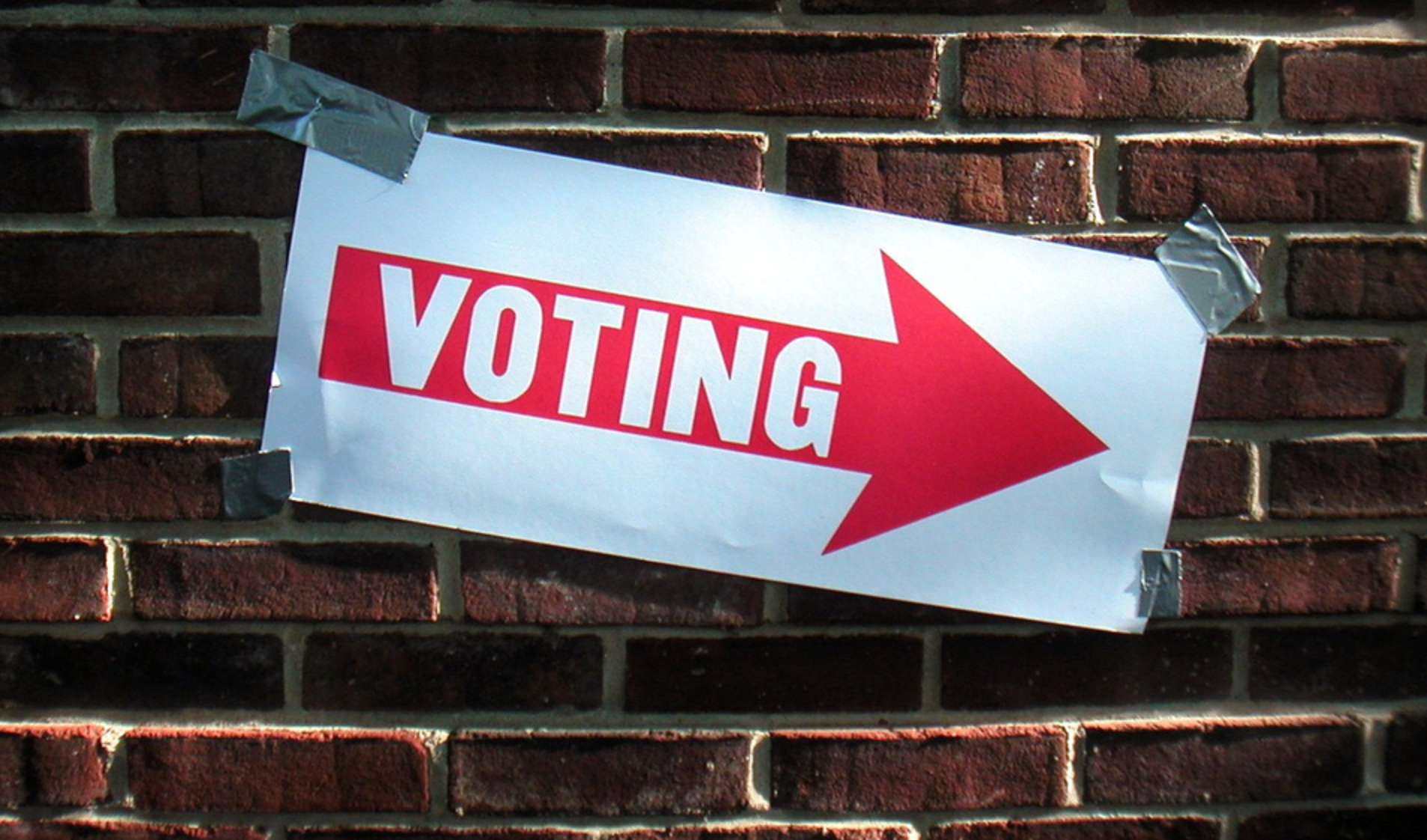How healthy are our local politics? A new report from researchers Melissa Marschall, John Lappie and Luke Williams of the Kinder Institute's Center for Local Elections in American Politics offers a fairly dismal diagnosis.
The researchers studied thousands of local elections from six different states over roughly a decade and a half. The six states -- California, Indiana, Kentucky, Virginia, Minnesota and Louisiana -- were chosen because they represent a broad political and demographic cross-section of the country. The findings paint an alarming picture of the state of local democracy.
1. Most mayoral elections are unopposed.
From a sample of about 8,000 mayoral elections, the researchers found that 53 percent went uncontested, meaning there was only one candidate. In some cases, including some very small municipalities in Minnesota, there wasn't actually anyone on the ballot. The situation was much worse in small towns, where 79 percent of races were unopposed, compared to just 15 percent of races that went unopposed in big cities.
There was also variation between the states they surveyed. Virginia, Minnesota and Kentucky all saw more than half of their mayoral elections go unopposed while things were more competitive in Louisiana, California and Indiana.
Even when races had more than one candidate, they likely only had two candidates. On average, only 7 percent of races had four or more candidates.
2. Mayoral races are much less competitive in rural places and suburbs.
The majority of mayoral elections in rural cities are unopposed. Though slightly fewer than half of the races in suburbs were also unopposed, the researchers still noted that, "in either case, competition in mayoral elections is disturbingly low." Central cities fare much better, with only about 11 percent of mayoral races going uncontested there.
"An interesting puzzle is that despite the high rates of unopposed elections in small towns, these are the same places that have the highest rates of voter turnout in their mayoral races—and this holds regardless of election timing," Marschall said in a press release. "We tend to think that the health of local democracy depends on having electoral competition, but perhaps in small towns, where people are much more likely to know the candidates, norms of civility and communitarianism might discourage competition."
3. The percentage of incumbents seeking office is high everywhere.
Though incumbents are less likely to seek office in central cities by about 10 percentage points, they are still a common feature of mayoral elections everywhere. Looking at city size, the researchers found that "across all but the largest city size category, incumbents ran on average around 73 percent of the time." In the largest cities, those with a population over 50,000, incumbents still ran 71 percent of the time.
4. Women and African-Americans are underrepresented among candidates.
Only 17 percent of the candidates in the elections analyzed were women. California tended to have both more overall women candidates -- roughly 19 percent of all candidates -- and more races that included a woman -- roughly 40 percent. When it came to race, the researchers were limited to data from Louisiana, the only state in the sample with records of candidates' race. Looking at elections between 1982 and 2016, they found that 20 percent of candidates there were African American, compared to the state's population of 32.6 percent.
5. More mayoral races are going unopposed.
Between 2000 and 2003, just 30 percent of mayoral elections had no challenger. By 2016, that had increased to roughly 60 percent. At the same time, the average number of candidates in any given race has declined from 2.5 to 1.5. And more of those candidates are incumbents, a percentage that increased over the same period from roughly 30 to 45 percent. "The presence of incumbents," the researchers write, "typically reduces the competitiveness of elections and discourages challengers from emerging. Thus, the increase prevalence of incumbents in mayoral elections may not bode well for local democracy."


